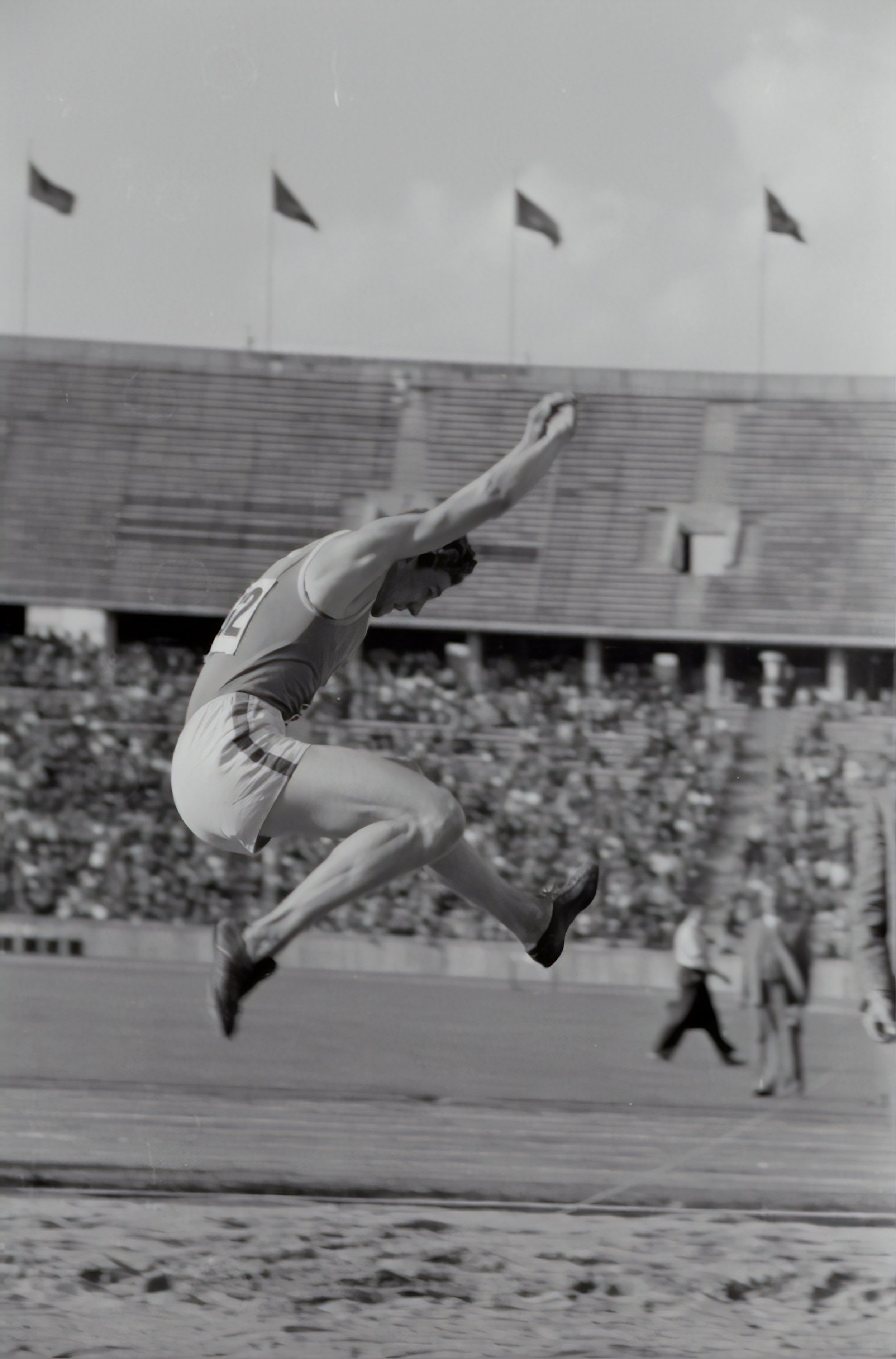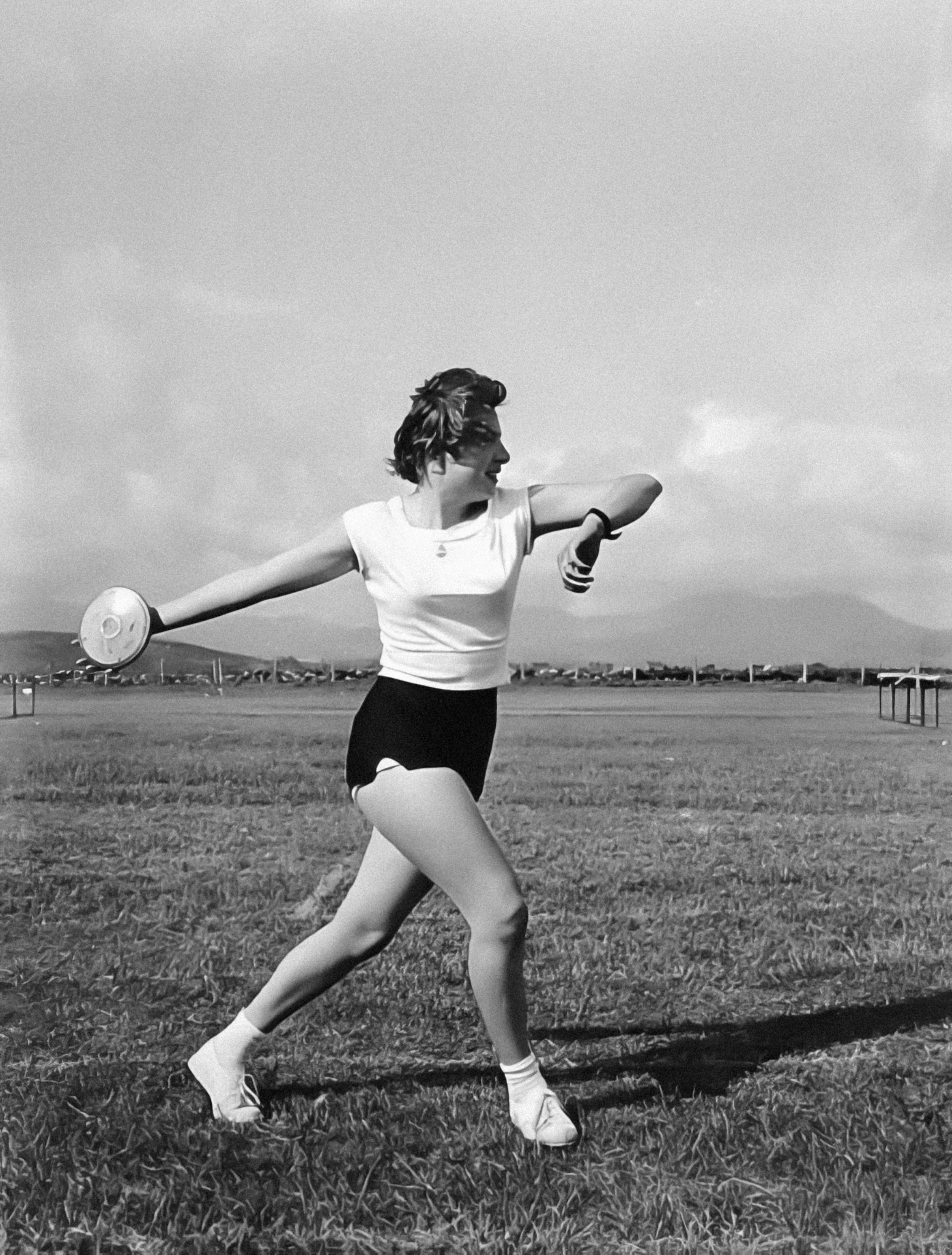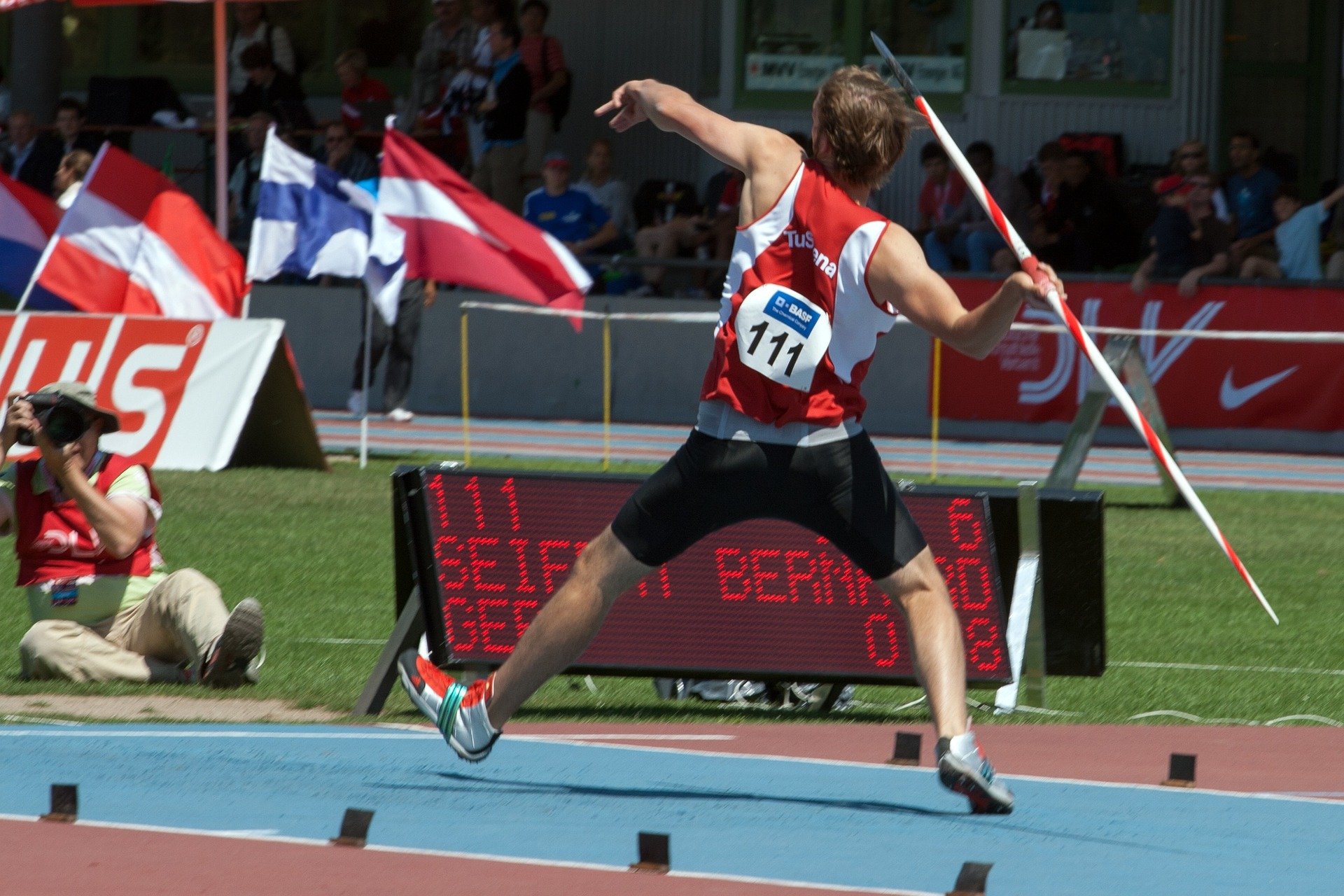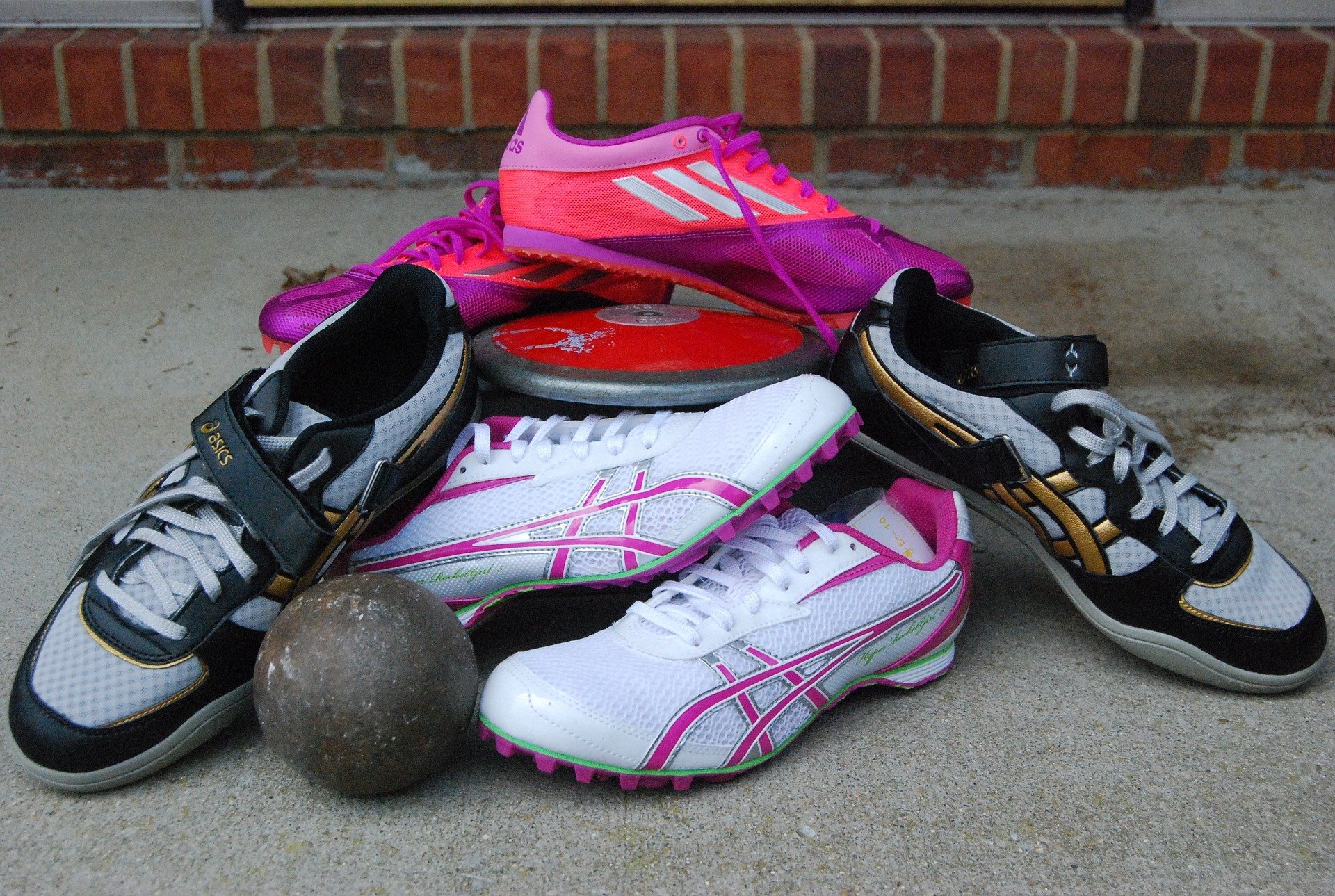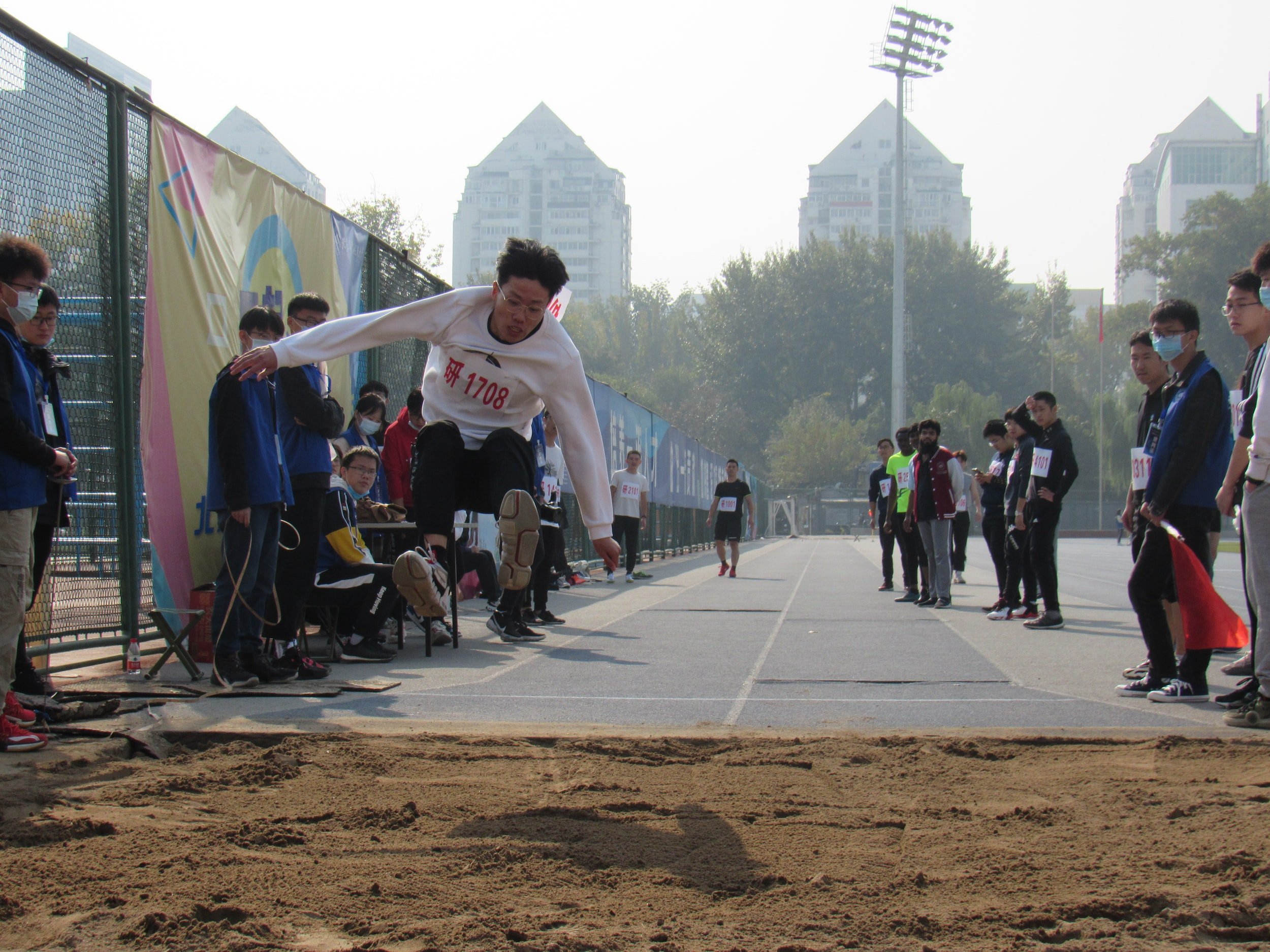Mid-Distance Training: A Guide to the 400 Meter and 300 Hurdles
Mid-distance events, such as the 400 meters and 300 hurdles, are a test of speed, endurance, and agility. To be successful in these events, it's important to have a well-rounded training program that includes a variety of workouts and drills.
A. Warm-Up and Intervals
The first step in any training program is the warm-up. This helps to get your body ready for the workout and reduces the risk of injury. After the warm-up, it's time to focus on intervals. In this program, the focus is on 4 x 200 meters with high quality and plenty of recovery. This will help to build your speed and endurance.
B. Hardest Day of the Week: The Killer Ladder
The hardest day of the week is the "killer ladder". This is a series of short sprints that will test your endurance and speed. The ladder starts with 60 meters and works up to 500 meters, with 400 meter runners stopping at 400 and 300 meter runners stopping at 300. To end the workout, do 3 sets of crunches to failure.
C. Plyometrics and Event Rehearsal
Plyometrics are exercises that focus on explosive movements and quick reactions. This is important for mid-distance events as it helps to build power and agility. In this program, plyometrics include high knees, butt slaps, glass wall, side-to-side, A skips, and single leg bounds. In addition to plyometrics, it's important to practice your actual event. This is called the "event rehearsal day". On this day, warm-up on your own just like race day and run the event, including starting blocks and hurdles.
D. Warm-Up and Handoff Practice
The final step in this program is the warm-up and handoff practice. This is an important aspect of the 400 meter relay as it requires precise timing and coordination between the runners. The warm-up should include practicing handoffs and running the event, including starting blocks and hurdles.
In conclusion, the 400 meter and 300 hurdles require a well-rounded training program that includes a variety of workouts and drills. With this guide, you'll be well on your way to improving your performance in mid-distance events. Get ready to take your mid-distance running to the next level!











